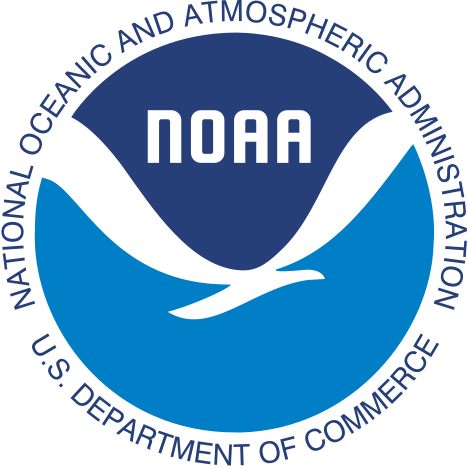Co-Authors: Dr. Adriana Rocha Lima; Dr. Barry Baker; Dr. Peter Colarco
Mineral dust plays a critical role in the Earth’s radiative balance and climate system, with dust hotspots emitting tons of particles annually from locations all over the world. As Earth’s most abundant aerosol, mass of dust emissions and identification of source regions are important aspects of climate modeling. Currently, models do not include alluvial features that are responsible for up to 31% of the global dust budget. Additionally, dust emission calculations are highly dependent on local and mesoscale wind speeds which are not well captured in models. In this presentation I will talk about these two big questions: how much dust there is, and where it is coming from. To do this we examine long term wind trends in one of the dustiest places on Earth – the Arabian Peninsula. We evaluate 20 years worth of 10m wind speed observations against the MERRA-2 reanalysis, where we discover that there is not a one size fits all bias correction for wind speeds. We look at how these biases in wind speed impact the GOCART dust emission scheme. In order to better define sources around the globe of dust, we then look at the development of an additional layer of the Sediment Supply Map (SSM) used in the Unified Forecast System (UFS). This map uses 500m resolution MODIS imagery to define regions of alluvial activity seasonally around the globe. Together, these two studies show there is a need for improvement in the seasonal to subseasonal winds as well as the source maps used in global climate models. We also suggest ways to do this and show progress in developing these solutions.
Emily Faber is a Ph.D. candidate in Atmospheric Physics at the University of Maryland, Baltimore County (UMBC), mentored by Dr. Adriana Rocha Lima. She holds a B.Sc. in Physics from Clemson University and an M.Sc. in Atmospheric Physics from UMBC. Emily’s research focuses on dust emission and transportation drivers using global models and measurements.
A key aspect of Emily’s research investigates the impact of wind speed on dust emission. Her work compares observed wind speeds to modeled values in these areas, identifying discrepancies and understanding the seasonal variability of wind patterns. Her work with the GOCART dust emission scheme explores how these variations in wind speed alter dust emission rates, and points to methods of improving the accuracy of dust transport models. Emily’s research also addresses the crucial role of mineral dust in the climate system. She examines how alluvial dust hotspots emit outsized quantities of dust. Using the Unified Forecast System (UFS), Emily explores the representation of alluvial flows—areas of dry lakes and riverbeds that, despite being sub-grid to the model, significantly impact dust emission due to their efficiency in seasonal and decadal cycles.
Her work has earned her accolades including the WINGS Fellowship from NOAA and the GESTAR-II Fellowship. In her free time Emily enjoys traveling and rewatching her favorite show, Star Trek. She has been known to travel to deserts and work to mentor younger students by showing them her passion for Earth Science.




